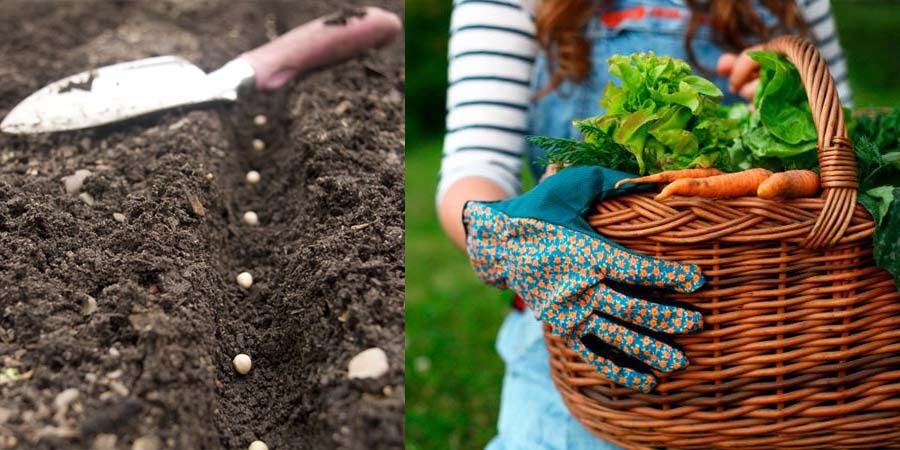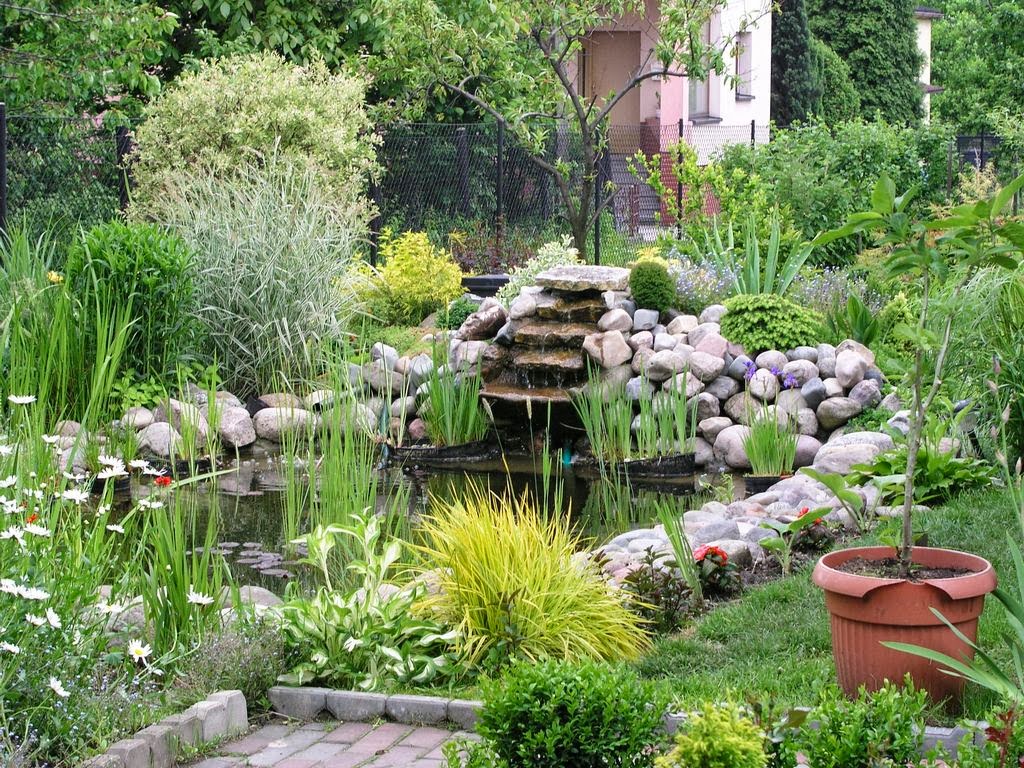Learn how to grow the avocado fruit (Avocado) from the seed in a very easy way. You can also take advantage of all the benefits that this plant presents both for health and for being a delicious ingredient in any dish.

Avocados are one of the wonderful fruits of summer. High in nutrition and flavor, nothing gives better early summer signs than a rich guacamole with lemon and chips. The next time you’re making guacamole or slicing an avocado for a salad, try saving its bones to turn into avocado trees.
Learning to grow avocado fruit.
It’s surprisingly easy to grow your own avocado tree from seed, and it makes a great educational project for home and classrooms. Take a look at our excellent and practical complete guide with photos below to learn how to grow an avocado tree from seed.
Step 1 – Remove and clean the seed.
See here the benefits of using avocado pit or seed.
You will have to start by removing the avocado pit carefully (without cutting it), and after washing it very well of all the avocado fruit (it often helps to absorb the pit in a little water for a few minutes and then rub all the fruit that is left out). Be careful not to remove the brown skin from the pit – which is the seed coat.
Step 2 – Find which part is “up” and which part is “down”.
Some avocado pits are slightly elongated, while others are shaped almost like perfect spheres – but all avocado pits have a ‘bottom’ (from which the roots grow), and a ‘top’ part (from which the bud comes out). The pointed end is slightly the top, and the flat end is the bottom. In order to get the bone to sprout, you will have to place the end of the root in the water, so it is very important to find out which side is the top and which is the bottom before penetrating with toothpicks. teeth.
Step 3 – Pierce with four toothpicks.
Take four toothpicks and stick them at a slight downward angle into the avocado seed, evenly spaced around the circumference of the avocado. These toothpicks are the scaffolding for the avocado, allowing you to rest the bottom half of the avocado in the water, therefore the toothpicks need to be firmly wedged there. It is recommended to put them at a slight angle (downward), so that more of their avocado base rests in the water when you install it over the water.
Step 4 – Place half of the avocado seed in a glass of water.
And located in a quiet window with sunlight. It helps to use a glass so you can easily see when the roots are starting to grow, and also when the water needs to be changed. Many guides recommend changing the water every day, but through trial and error, you will see that it may be best to change the water every five days to a week or so. You will want to make sure to change the water regularly to avoid mold, bacteria, and fungal growth, which can cause the sprout to die.
Step 5 – Wait for your avocado seed to sprout.
Many online guides. that I have read say that flare can last between 2-4 weeks, but in my experience, it usually takes at least 8 weeks to get a flare, so be patient. Here is the process that you will witness:
- The top of the avocado seed dries out and forms a crack, and the exterior of the seed’s brown skin will be shed.
- The crack extends all the way to the bottom of the avocado pit, and through the crack at the bottom, a small taproot will start to emerge.
- The root will grow longer and longer (and may branch out), and eventually a small shoot will poke through the top of the avocado seed.
- Don’t let your taproot dry out submerged, ever – that will also be the death of your plant.
Step 6 – Place it in a pot when the tree is approx. 6 ″ high (15 cms approx.).
When the stem is 6-7 inches long, cut it about 3 inches (3.50cms), this will stimulate new growth. When it reaches 6-7 inches again, transplant it to humus-rich soil in an 8-10 ″ (23 cm) diameter pot, leaving the top half of the seed exposed. Place it in a sunny window. Avocados really like the sun – the more sun the better.
Step 7 – Add water and watch it grow.
Give it frequent watering with occasional deep soaks. The soil must always be moist, but not saturated. Yellowing leaves are a sign of overwatering, let the plant dry out for a few days.
Step 8 – Prune the upper leaves to cause thickening.
When the stem reaches 12 inches tall, prune two sets of leaves. This will encourage the plant to grow side shoots with more leaves, making it bushy. Each time the plant grows another 6 inches, prune the 2 new sets of leaves on top.
Step 9 – Troubleshooting Bug Problems.
My avocado trees seem to collect aphids – the nasty critters can’t get enough of the yummy avocado leaves.
If you have them too, here’s how to get rid of them: Remove all aphids from the plant by spraying the plant with a hose outdoors or in the sink or shower.
Once the little parasites are out, spray the plant with a mixture of water and a small splash of dishwashing liquid and a teaspoon of neem oil. This will prevent the aphids from coming back. Monitor your plant every 4-5 days and re-clean and spray when necessary.
Step 10 – What to do in the winter.
Baby avocado trees can be outdoors in the summer, but if you live anywhere that gets colder than 45 ° F (7 ° C), you’ll need to bring them home in the fall / winter, before temperatures drop.
Will my avocado trees bear fruit?
It is difficult to say. Sometimes avocado plants will start growing fruit after 3-4 years of age, others take more than 15 years to bear fruit, and some never do.
It is helpful to have multiple avocado trees growing together to help with pollination. However, don’t expect the fruit to be the same as the avocado that gave your seed. Commercial avocados are grown from the grafted branches to control the fruit’s outcome – a naturally growing avocado can be very different from its parent!








